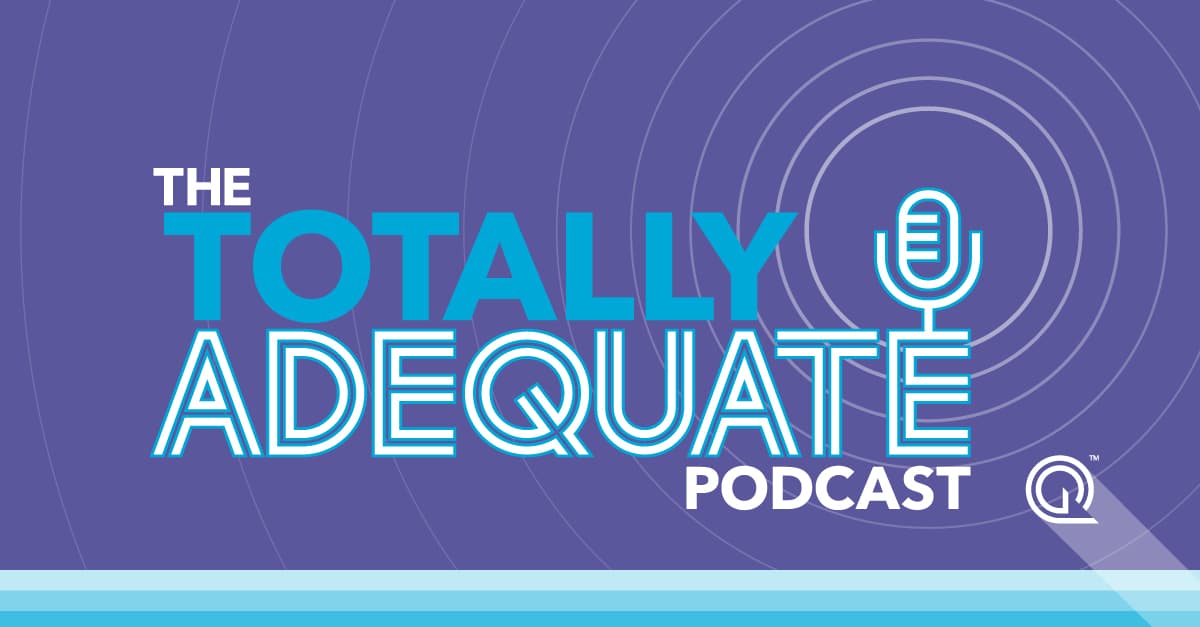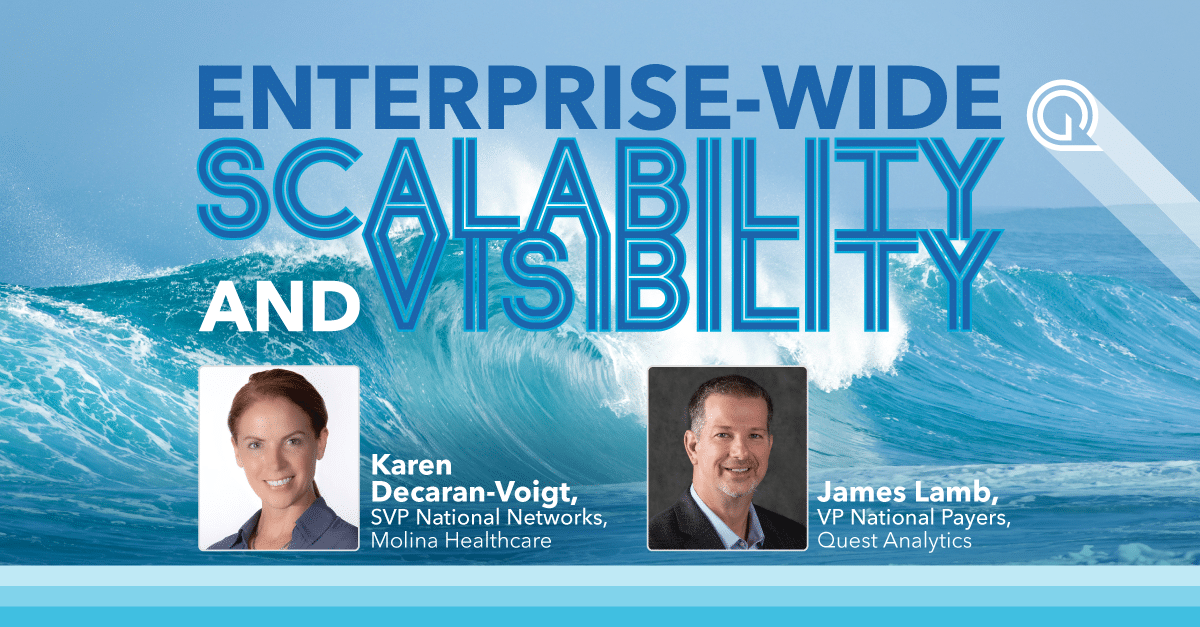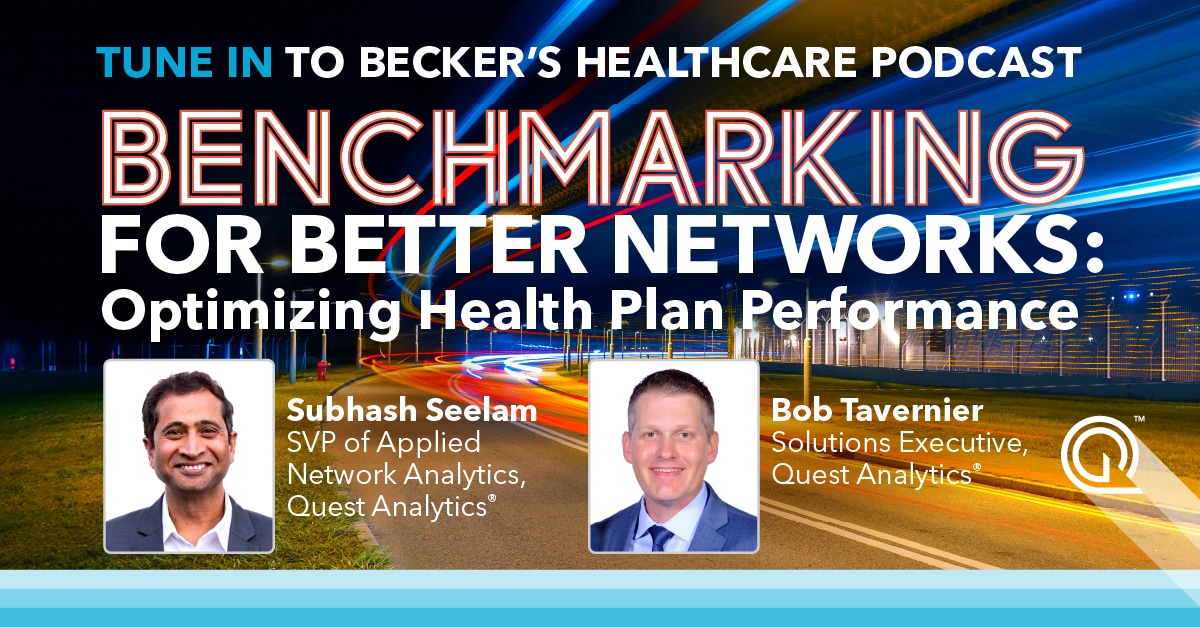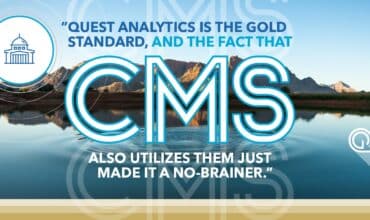Case Study
More Than Meets the ROI
For a New York health plan, smarter provider network management was a better investment than they imagined.
Who We Helped
Their Challenge
Solution
Reliable Experts, Solving Problems:
THE SITUATION
It was just a single network adequacy gap — a missing endocrinologist in a county in upstate New York — but for Dee Bellanti at the Buffalo-based insurance carrier HealthNow New York Inc., it proved to be the final straw.
“For years we had the same lack of network adequacy for that one endocrinologist in that limited-network product,” says Dee, Director of Provider Network Operations. “But the options were limited, and we had to proceed.”
Until one year, with no advanced warning, they couldn’t.
“We were informed that if we were going to continue to sell the limited-network product, we wanted to ensure we had a 100% adequate network. We had two days before the gates closed — the HSD table submission gates — to try to fill that one gap. We worked our tails off to find a provider within the access parameters.
“We just couldn’t do it. We didn’t have enough time. We had to change the limited-network product to a full-network product, which was a definite negative financial impact to our organization.”
For Dee and her team, that was the wake-up call that put a spotlight on inefficient and expensive provider network management processes — processes that involved Google searches, phone calls and a tremendous amount of time and effort that, in the end, did not help the organization move the needle.
“The direct impact to revenue gave me an opportunity to engage the senior leadership team regarding the need to identify a better process and a more efficient way for us to monitor our network adequacy and search for providers to fill gaps. It was that discussion that led to us upgrading to the Quest Enterprise Services — the tools and the incredible support staff they have for us to work with.”
THE SOLUTION
“As we began to really understand the true power of the tools that we have with QES, we started to get creative. Besides the typical uses of the Quest Enterprise Services, I began to leverage the tools for other activities: termination analysis, board reporting, recruiting, HSD exception reporting….”As illustrated by Dee at HealthNow New York, the investment has been nothing less than transformative.
The Outcomes
Taking control of network adequacy.
“The biggest impact to implementing this amazing resource is that we can now spend more time on things like network strategy and designing long term adequate networks versus google searches. With QES, we can monitor network adequacy for Medicare under New York State requirements in a fraction of the time and with fewer people.”
Negotiating smarter.
“When we’re in negotiations with a provider and they threaten to terminate their contract unless we increase their fee schedule, we can perform what-if scenarios to understand what would happen if that provider or provider group left the network. Then, we can use that information to leverage our discussions with the provider.
“It’s a beautiful thing because you’re going in there with some information that will help you determine if you need to give them what they’re asking for, or if you can just unfortunately let them leave.”
Better networks in far less time.
“Another way we recently used the tools was while we were developing a limited-network product that we’re introducing to the market next year. We were able to run our prospective network through the New York State requirements, so we knew right away if we were going to have an adequate network for that limited-network product or not. If we didn’t, we knew which gaps we had to fill before we filed that product for approval. So it was just wonderful.
“We use that network modeling whenever we’re trying to build a new product, to make sure that, at the lowest cost, people have access to enough providers to meet New York State standards. Over the past two years we’ve used it a lot. Otherwise, we’d have never been able to do it as quickly as we have.”
Filling gaps-without ever touching Google.
“Recently we learned that members were having challenges finding access to allergists in Niagara County, one of our service counties. The first thing we did was jump to the tool to see, who do we currently show in our network for that specific specialty in that specific county? We were able to see that we were meeting network adequacy, but we only had three practitioners, and our minimum standard is two per county. We thought, well, there could be a gap coming up, and we better start looking to see if there’s any allergists we can recruit. In the Quest Enterprise Services, we can do that by going into the feature, market provider data, and we can locate practitioners that we do not have, and we can target them for recruitment.
“Once you’ve pulled up the market data, it will let you know how the particular selection of that provider will help you fill any gaps that you have and let you know how your market will be performing against your particular state requirements.”
Establishing a stronger case for exceptions.
“This year our plan was fortunate enough — and I say that tongue in cheek — to be selected for the CMS Triennial Network Adequacy Audit. From our history of having a gap with endocrinologist in one county, we thought, okay, let’s take advantage of the exclusion documentation feature of the tool so that we can have everything ready when it’s time to file the exception. We were able to add notes about the market providers that weren’t viable for our particular gap.
“The fantastic support team at Quest Analytics® was wonderful about helping us. They walked us through every step of the way.”
Taking internal reporting to a whole new level.
“In the past, I would take Excel spreadsheets to determine how many providers we had, where we had gaps, and then put together a table in Word. This is what I would share with the board. Now, I can simply access the QES tools, use the dropdown screens and embed the reports into my PowerPoint presentations. I can show our Executives where and what those gaps are. So, it’s really great. It’s such a time-saver and it’s much more professional looking.”
Improving directory accuracy.
“New to our powerhouse of tools is the Quest Analytics Accuracy Services. While we just implemented this early in 2020, we have already seen the value of this partnership. It’s helping us to clean up our provider directories. They’re becoming more accurate.”
Transforming the way network management gets done.
“I cannot tell you how grateful I am to my organization for allowing us to partner with the Quest AnalyticsTM team and utilize these tools. They’ve allowed my team the ability to be much more agile and responsive to network management needs and oversight demands.
“We now have a much more efficient process. We’re able to perform network management activities in a fraction of the time. We have leverage in contracting and strategy around terminations. We can model changes to our network and our network composition in real time. We have easier communications throughout the organization, and we have a streamlined process for filling gaps, including those that require exceptions.”
And the old way of working?
“We don’t want to go back there. No, we do not!”
DISCOVER THE ROI OF QUEST ENTERPRISE SERVICES
SUCCESS STORIES
Don’t take our word for it. See how your peers are using Quest Analytics solutions to solve their provider network management challenges. READ MORE | DISCOVER THE ROI OF QUEST ENTERPRISE SERVICES
















